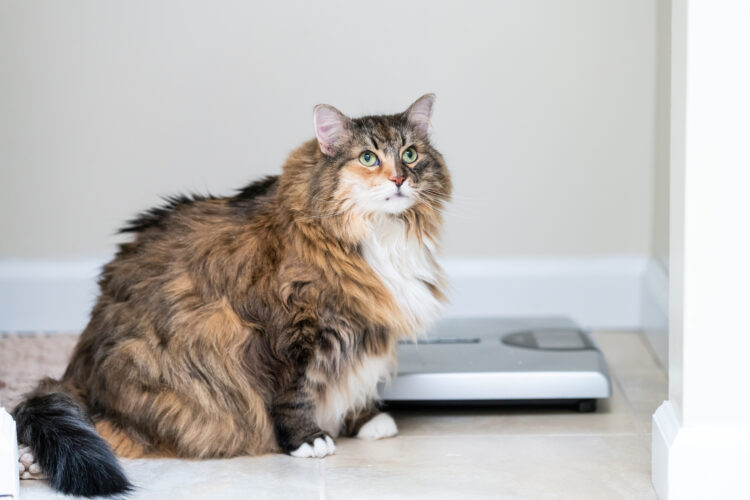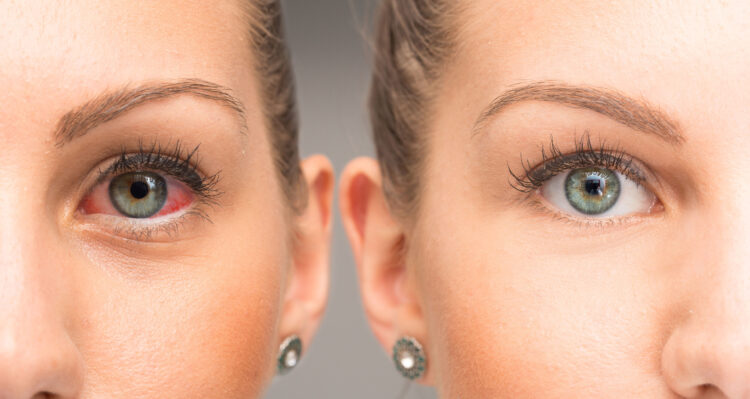
When it comes to health, whether it is ours or our beloved pets’, knowing what symptoms to look out for can be a lifesaver. Identifying the early signs of serious diseases is not just about being cautious; it is about ensuring timely medical intervention. Here are 15 critical signs that might indicate a dangerous condition in animals and humans.
Eating or Drinking Differently

You know how you notice when your dog is not gobbling up their dinner like usual or when a friend skips lunch and says they are “not hungry”? Animals might not tell us they feel bad, but a sudden lack of interest in food or water can signal health issues. Similarly, if someone’s eating habits change drastically, it might be time to pay attention.
Weight Fluctuations

If your pet or someone you know suddenly loses or gains a lot of weight, and they have not been trying to change it, that is a heads-up. For pets, quick weight changes could point to serious stuff like thyroid problems or even cancer. And in people, unexpected weight loss could be a sign of conditions like diabetes or thyroid issues.
Acting Out of Character

Imagine your super affectionate cat starts keeping to themselves or your normally upbeat buddy seems down or distant. These changes in behavior might be their way of showing that something is not right. Animals and humans alike might not always express pain or discomfort directly, but being unusually irritable or withdrawn can be a major hint.
Persistent Coughing or Breathing Issues

Whether it is your furry friend or a human pal, keep an ear out for coughing that does not go away. It could be more than just a cold. For pets, a constant cough might mean something like heart disease or an infection. For people, trouble with breathing or a lingering cough can be signs of serious conditions like asthma or heart issues.
Odd Bathroom Habits

It might be a bit awkward to talk about, but noticing changes in how often someone (or a pet) hits the bathroom is crucial. Frequent peeing, for instance, could be a sign of diabetes in both dogs and humans. If it starts to seem painful to pee, that could be a urinary infection or something more severe, like kidney disease.
Unusual Lumps or Swelling

Say you are petting your dog or cat, and you feel a weird lump that was not there before, or maybe a friend mentions they have found a strange swelling on their body. Do not just brush it off. Lumps and swelling can be nothing, but they can also be signs of infections, inflammations, or even cancer in both animals and humans.
Bad Breath or Changes in Mouth Health

Ever notice how your pet’s breath can smell like they found something nasty in the trash? Well, really bad breath can actually be a sign of dental disease or even digestive issues. The same goes for humans; persistent bad breath might indicate gum disease or other health problems.
Skin or Coat Changes

If your pet’s coat starts looking dull or begins scratching incessantly, it could be a sign of allergies or skin diseases. The same thing happens if you see someone’s skin suddenly becoming very dry, itchy, or changing dramatically. These could be signs of dermatological issues or allergic reactions in people.
Fatigue or Excessive Sleeping

It is normal for pets and people to have lazy days. But if your normally energetic puppy starts spending too much time napping, or if a friend seems to be always tired despite getting plenty of sleep, that could be a clue that something’s up. Excessive fatigue can be a symptom of a wide range of diseases, from heart conditions to viral infections.
Difficulty Walking or Stiffness

Watch how your pet moves. Difficulty in getting up, limping, or stiffness can be signs of joint disease like arthritis, which is common in older animals but can also affect younger ones. The same symptoms in humans, such as struggling to move around comfortably and stiffness in joints, especially in the morning, might also indicate conditions like arthritis.
Vomiting or Diarrhea

Occasional upset stomachs happen to everyone, pets and people alike. But if your cat or dog starts throwing up frequently or has persistent diarrhea, it is not something to ignore. The same goes for humans. These symptoms can point to a range of issues, from infections and viruses to more serious conditions like food poisoning or even organ problems.
Eye Discharge or Redness

Eyes can tell a lot about health. If you notice your pet’s eyes looking cloudy or red, it might be an infection or even an injury. Red or irritated eyes in humans can also indicate infections like conjunctivitis or even allergies. Since our eyes are so sensitive and exposed, any noticeable changes like these are worth a closer look by a professional.
Nosebleeds

Unexpected nosebleeds can be startling. In pets, frequent nosebleeds could be a sign of a blood clotting disorder or even a tumor. For people, the occasional nosebleed might not be a big deal, especially in dry weather, but if they happen often, it could be something more serious, like a blood clotting issue or high blood pressure.
Seizures

Seeing a pet or a person have a seizure is quite frightening. Seizures can be a sign of neurological issues in both animals and humans, such as epilepsy. They can also be caused by toxins or metabolic problems. Any seizure is a sign that you need to seek immediate medical attention to figure out the underlying cause.
Sudden Blindness

If a pet suddenly bumps into furniture or seems unable to find its way around familiar places, it could cause sudden blindness. This can be caused by diseases like diabetes or hypertension. In humans, sudden vision changes should be treated as emergencies, as they can indicate serious conditions like a stroke or retinal detachment.

Comments
Loading…